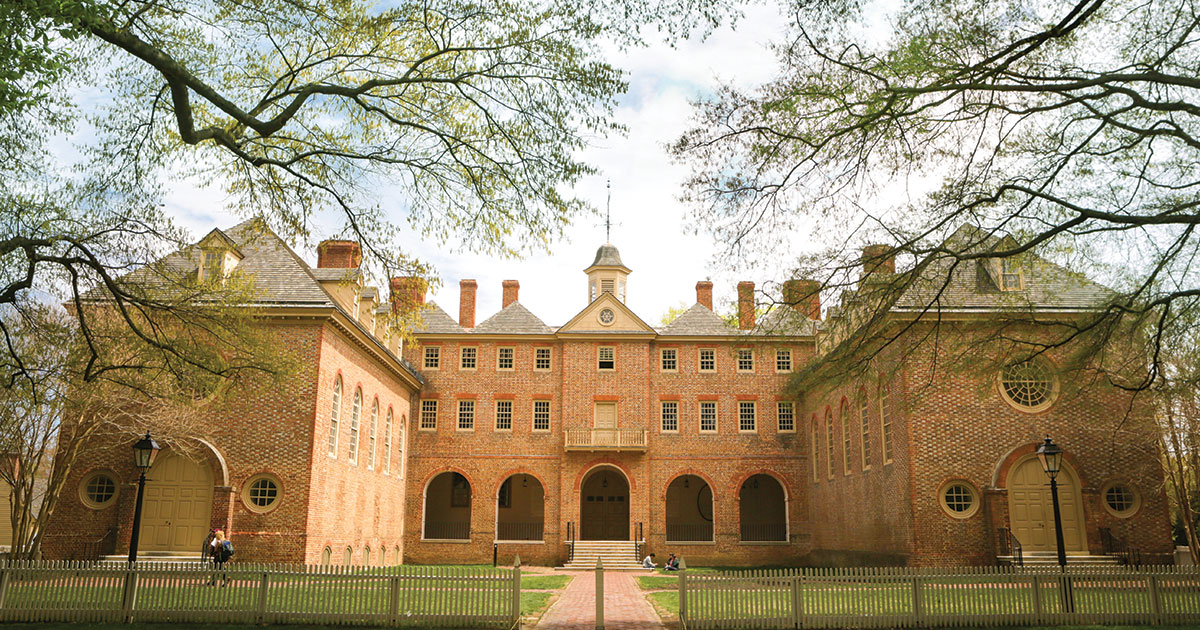Yono and the hawk: A tribute to a lifelong friend
Haunting notes from a Native American flute echoed from the dry creek bed to the sheer rock walls rising around it. With the smell of sage in the air and a red-tailed hawk circling overhead, the scene was a distinct contrast to the alternate beauty of salt marshes, live oaks, and Spanish moss, which the South Carolina Lowcountry regularly presents.
The hike was not easy, two-and-a-half miles up a dry creek bed in the middle of the Arizona/New Mexico Navajo Reservation. Led by Hank Brown, a third-generation Navajo medicine man, John Yonushonis ’71 and I reflected upon the privilege of going where few have ever gone, while digesting the colors, contrasts, textures and history of the Southwest American high desert.
We parked our car off a dirt ranch path, which was off a barely paved road, a significant distance off Arizona Highway 191. Educational dialogue and interrogatives were exchanged as we energetically attacked the start of the hike, but lessened as we settled into the task ahead. Our goal was centuries-old Anasazi cliff dwellings imbedded into the canyon wall. As I adapted to the pace of the hike, the terrain, and the hot desert sun, high in the sky at the start of our trek, I found myself wishing that I had packed an extra bottle of water, or two.
Our private considerations of this secluded desert-scape were interrupted by a motion. There were few relative motions in the canyon other than the swaying of the piñon pines and cedars in the soft wind gusts that flowed up the canyon. In unison, our heads pivoted to the canyon wall fifty yards to our right. A fully mature bobcat bounded vertically up the rock face, only to turn and face us at the crest of the three-hundred-foot ridge. That cat followed us on the ridge line for half a mile, peering down in curiosity, perhaps with the wonder we directed back at him.
I met John “Yono” Yonushonis 50 years ago at William & Mary. We had both grown up in Northern Virginia and played on rival high school football teams. Yono's football career at William & Mary was full. The 6’3” tackle was a mainstay on the offensive line. My career was cut short by injury. As fraternity brothers, we stayed in close contact for a few years after graduation. Geography, careers and family rearing disrupted our regular communication. Yono’s eclectic career centered in the Southwest while mine proceeded more traditionally in the East.
Life has a way of bringing you back to people. Yono and I reconnected a decade ago at a William & Mary Homecoming where I learned of his determined battle with Parkinson’s disease as well as his devotion to Native American causes and cultures, particularly those of the Navajo. Early in his courageous fight against the disease, Yono, who voraciously researched all things Parkinson’s, had touched on a story that highlighted the benefits of music as therapy for the disease. Since then, he has become regionally renowned in the Southwest for his mastery of the Native American flute and volunteered to teach flute to the Navajo children attending the annual bible camp at St. Anne’s Mission in Klagetoh, Ariz. That yearly commitment, combined with my determination to volunteer, brought us to the canyon. It was Yono’s refusal to let Parkinson’s control his life that brought us into the canyon.
The red-tailed hawk circled higher overhead in the canyon before alighting on the seven- hundred-foot canyon crest directly above the cliff dwelling. From this aerie, he screeched in unison with the soothing melodies wafting from Yono’s flute. When Yono paused, the hawk paused until both resumed. Our guide, Hank, was visibly moved because the hawk was a sacred creature in the Navajo culture and we were in a sacred place to which Hank had invited us. Hank blessed Yono and his flute with Navajo wind medicine, and we all offered nature’s blessing to the hawk — cornmeal dust held high between our fingers and sprinkled into the canyon wind.
No one wanted to leave. As we retraced our steps, quiet in our individual contemplations, necks turned at irregular intervals, all hoping that the hawk was following.

